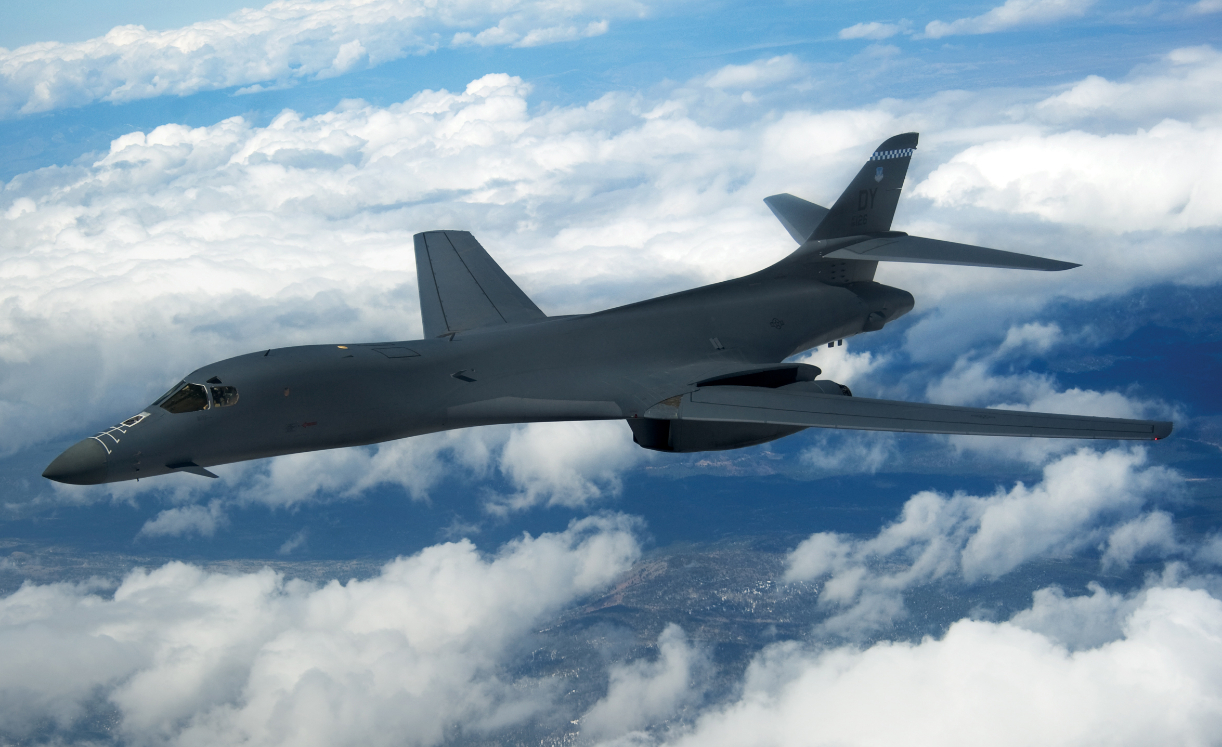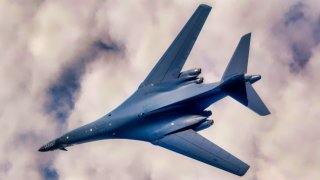The Air Force Has a Problem: Time to Retire the B-1 Lancer Bomber or Not?
The US Air Force plans to phase out the B-1B Lancer as the B-21 Raider becomes available, though the retirement timeline, initially set for the early 2030s, now seems ambitious.
Summary and Key Points: The US Air Force plans to phase out the B-1B Lancer as the B-21 Raider becomes available, though the retirement timeline, initially set for the early 2030s, now seems ambitious.
-The B-1 fleet will remain operational through focused maintenance efforts. Despite its impressive service record, the B-1 lacks stealth capabilities, making it less viable against modern air defenses.
-The B-21, a stealth bomber, is designed to replace the B-2 Spirit and enhance survivability in conflicts with advanced adversaries like China and Russia. Meanwhile, the non-stealth B-52 Stratofortress will continue to serve for missions where stealth is unnecessary.
B-1B Lancer Retirement: The Future of America's Supersonic Bomber
The US Air Force does not have a date set for the retirement of the B-1B Lancer, although the supersonic bomber is expected to be phased out as the B-21 Raider becomes more widely available.
The original plan was to retire the B-1 in the early 2030s – but that timeline now appears overly ambitious, as the B-21 is still in early flight testing. To keep the aged B-1 fleet airworthy (and relevant) in the meantime, the Air Force is going to particular attention to “parts obsolescence,” “wear and tear,” and “capability for new weapons.”
Yet, given the B-1’s impressive capabilities, and impressive service record, some observers are asking if the bomber’s retirement isn’t premature.
B-1B Lancer Bomber: Retired too soon?
The plan to keep the B-1 in the air, known as the “Bomber Capability Roadmap,” is designed to make “sure the fleet remains capable of sustaining operations and giving military and civilian leaders options, allowing the swing-wing jets to “retire gracefully,”” Air and Space Force Magazine reported.
Rather than retire the bomber, should the Air Force not strive to keep the B-1 in the fleet, as an active-duty airframe? Probably not. The B-1 is a forty-year-old platform that was built at a time when stealth wasn’t a pre-requisite for the penetration of controlled airspace; when the B-1 was built, supersonic speed was sufficient in some respects to successfully perform deep-penetration strike missions.
Today, however, with the emergence of sensitive radar detection systems, and precise surface-to-air missile systems, new airframes are being built with stealth capabilities – which are viewed as vital to penetrating controlled airspace.

The B-21, for example, is a stealth bomber, with a low radar cross section, that is being designed to replace the B-2 Spirit – which also happens to incorporate stealth technology. The B-1 meanwhile, lacks stealth technology, and instead relies upon supersonic speed. So, the B-1 has limited application in today’s battle space. Indeed, the B-1 performed admirably in the Iraq Wars and in the Afghanistan War. But Iraq and Afghanistan lacked any meaningful air defense systems; the B-1 was able to operate without harassment.

The Air Force isn’t look for performance against Iraq and Afghanistan, however, as a metric to determine the future of the fleet structure. Rather, the Air Force is considering a prospective conflict with China or Russia, and which existing airframes have the ability to survive – and contribute – against a modernized foe. The non-stealth B-1 probably does not meet the above criteria.
The US will keep a non-stealth bomber in the fleet, however – the B-52 Stratofortress. For instances when a pure bomb truck is needed, to cart as much ordnance as possible, without the need for stealth, the eighty-year-old airframe will be called upon.

And so, with the emergence of the stealthy B-21, and the continued availability of the B-52 as a non-stealth option, the B-1 will not be needed moving forward.
Author Experience and Expertise: Harrison Kass
Harrison Kass is a defense and national security writer with over 1,000 total pieces on issues involving global affairs. An attorney, pilot, guitarist, and minor pro hockey player, Harrison joined the US Air Force as a Pilot Trainee but was medically discharged. Harrison holds a BA from Lake Forest College, a JD from the University of Oregon, and an MA from New York University. Harrison listens to Dokken.


